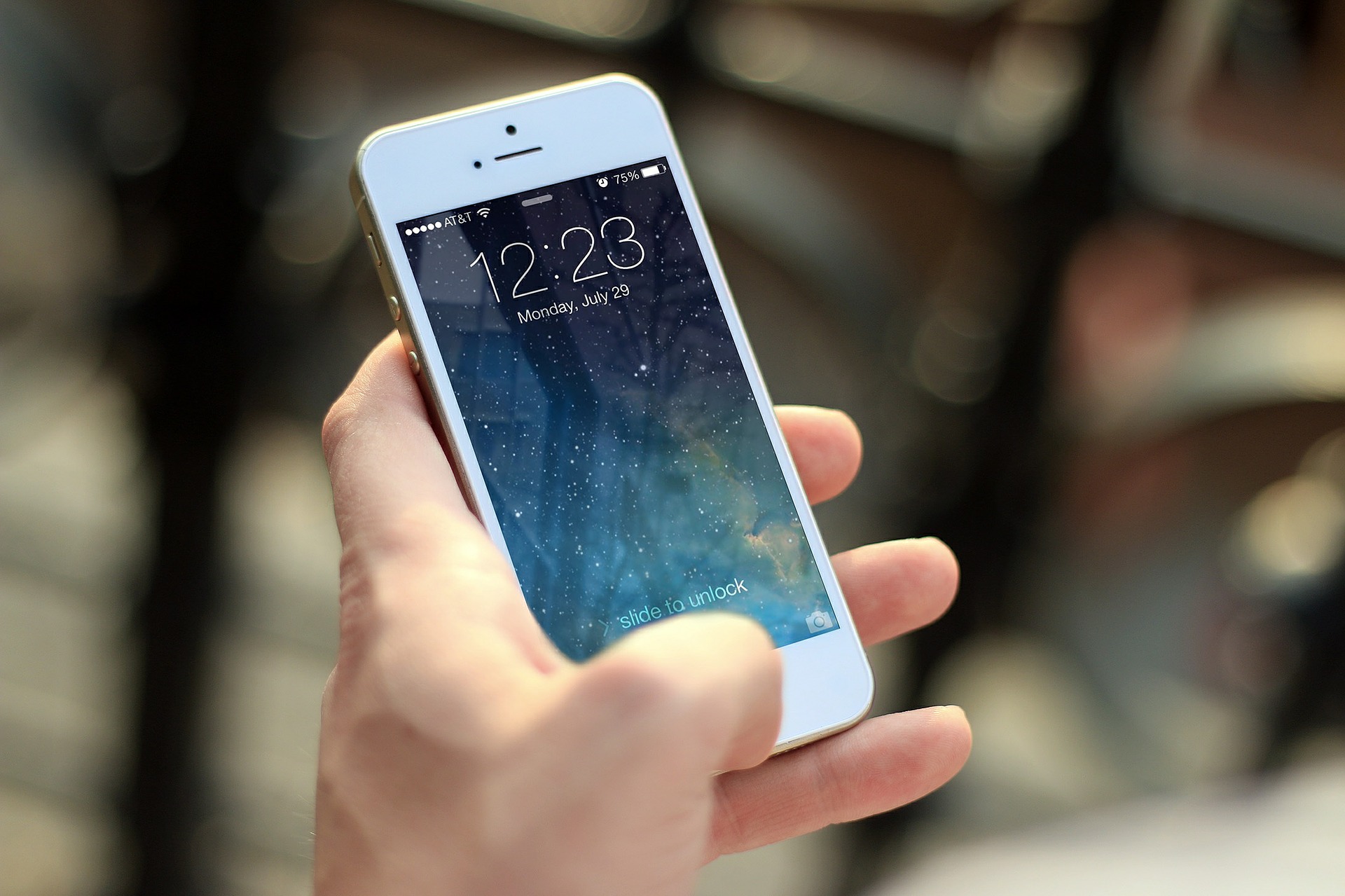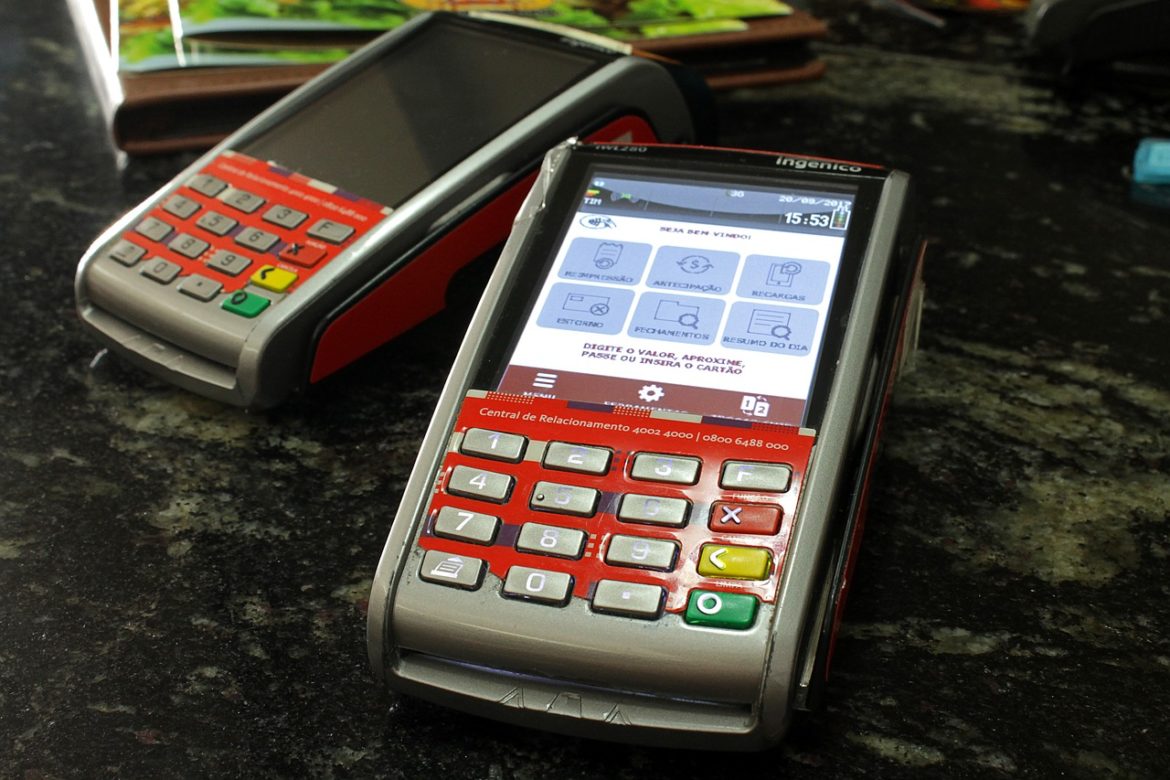TWH – Geofencing is a service where software on a device with appropriate hardware identifies a location-based boundary. That boundary is the geofence. And your mobile phone can register it. For marketers, geofencing represents a new way of learning about and selling to customers – and that’s exactly what makes privacy advocates leery of the technology. Several recent stories of how geofencing has been used to target religious congregations may serve as a warning to Pagans concerned about how their smartphones could be selling information about their religious beliefs.
Most smartphones today (and many other devices such as laptops and tablets) are equipped with a variety of hardware features for signaling that fence. The most common hardware is the GPS receiver on the phone. However, radio frequency identification (RFID) readers can also gain location data, and more smartphones are becoming equipped with this technology.
Geofencing has some very positive features uses. For example, it has been used in location services that can help a parent monitor if their child leaves a designated area. It has also been used by companies to limit employee access to specific areas of their building or campus. For example, only certain people belong in a hospital operating room.
In the tourism industry and in the security sector, geofencing can be used to send information to a specific area during a threat or disaster. An example of such use would be a tornado warning and issuing specific updates to neighborhoods rather than larger regions. Another serious example would be to send information to tourists in their native language about a threat in a specific area they are visiting where they may not understand the local language.

[Pixabay]
The “fence” is driven by the software looking at an identified location. Basically, coordinates are marked on a map such as neighborhood limits or a circle around a building.
To marketers (or specifically, geofencers), geofencing presents a new kind of opportunity. As DemandLocal, a digital marketer, notes, “Geofencing enables competitive marketing tactics for advertisers and marketers to grab the attention of in-market shoppers in their competitive store location, large scale events such as concerts, sports events, conferences, etc in stadiums, convention centers, malls, outlets, parks, neighborhoods. Using Geofencing you can also target households with foot level granularity that meet your target profile criteria.”
Two issues immediately emerge from this. First, geofences build a data set that can be mined for specific information about the path and use of a device over specific geographic locations. Second, more information can be mined to link the device to a person.
Geofence services are now common software features. Twitter, for example, has specific information for advertisers for geotargeting. Facebook is a master of data collection and, as WebFx reports, Facebook is one of the most attractive advertising platforms for a geofencing campaign. Other apps gather data for geofences as well.
A basic rule is that if a for-profit company provides an app for free, the user “pays” for that app by providing data to the company. If the app is active and the device is on, geofencers can continue to gather data from the device – not just its location, but also the user’s app activity and even the user’s IP address.
They can use that data to target ads. They can also use that data to learn about the user – their routines, their consumer preferences, and yes, their religion.
As the festival season begins, geofencing can present a challenge for those wishing to keep their privacy as well as the privacy of those with whom they interact or worship. To many Pagans, privacy is of paramount importance.
Even those who may be out of the “broom closet” may still wish that their spiritual or religious life remains private, or at least, under their own control. Many festivals and events have rules about photography and posting images of individuals without their consent. Some festivals go on to include suggestions and rules about consent regarding social media posts and the use of tags.
The purpose of these rules is to ensure the privacy of participants and underscore the importance of consent. But geofencing obviates those rules. Apps can continue to gather location data and if the area is already geofenced, marketers can identify who is that space. Moreover, if a purchase is made at a Pagan event using a smartphone, the payment app has registered the transaction, and often the app service learns the user’s location, mobile provider, and possibly other information as well. The transactions are not uniquely private between the seller and buyer as one might expect in a cash transaction. Those data can then be shared across marketing partners or services.
The data that are gathered can also be linked to individuals even outside of payment transactions. National Catholic Reporter recently reported on an organization called CatholicVote. The report highlights the granular use of geofencing.
CatholicVote uses geofencing to identify Catholic churchgoers by linking the phones taken to services to the names of their owners; then they link their names to publicly available voter rolls. This allows the organization to send specific, targeted messages in support of specific candidates and political issues.
CatholicVote president Brian Burch wrote on a blog post, “With this mobile targeting, we are able to reach our fellow Catholics in the pews. And we can ensure that our fellow Catholic voters get the facts and hear the truth — not the latest lies peddled by the media.”

[Adriano Gadini: Pixabay]
Geofencing is not illegal. Multiple legal organizations cite some of the more heinous uses of the technique such as Christian pregnancy counseling and adoption agency hiring a geofencer in 2016 to target ads to those entering reproductive health facilities. The technique has been increasingly used by digital marketers as apps and smartphones become more sophisticated.
The Wild Hunt asked some colleagues who are familiar with digital technology about ways to retain privacy at Pagan events. The answer was consistent: turn off your phone.
Most individuals don’t recognize that pressing a button to return to a home screen does not disable an application on the phone, or that disabling one kind of service, like the location button on a phone, will not necessarily disable other resources that might allow for location detection and data collection. For example, placing a phone in “airplane” mode and then activating wifi will still allow the wifi signal to identify a location. This also applies to other devices that might not connect to cellular services.
As for payment, privacy means using cash. One colleague gave us this advice: “If you want privacy, live like it’s 1927, the year before the earliest credit card, Chraga-Plate.”
The Wild Hunt is not responsible for links to external content.
To join a conversation on this post:
Visit our The Wild Hunt subreddit! Point your favorite browser to https://www.reddit.com/r/The_Wild_Hunt_News/, then click “JOIN”. Make sure to click the bell, too, to be notified of new articles posted to our subreddit.